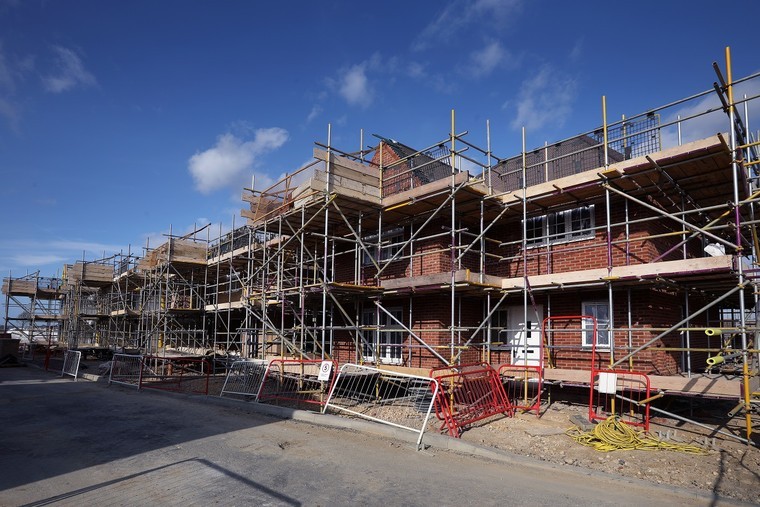Planning for a sufficient number of new homes
It is widely accepted that we are in the midst of a housing crisis. One of the ways the government is attempting to tackle this is by getting more new homes built.
Setting a suitable target for the number of new homes to be built is only part of the picture. For homes to be built, they must be granted planning permission too, which is where some councils fall short. For a variety of reasons, the number of planning permissions granted are less than the number of homes that need to be built.
Often this is because a council has an old local plan and is yet to adopt a new one. These older plans often only intended to deliver new homes up to a date that had already passed, meaning that almost all the sites identified for new homes had already been developed.
Councils must maintain a sufficient supply
The government takes the view that this isn’t acceptable. When people need new homes now, it is unreasonable to make them wait for a new local plan to come into effect if there are sites that are suitable for development immediately.
To try to make sure councils keep approving new homes, national planning policy (called the National Planning Policy Framework or NPPF) requires councils to have enough sites ready for development to meet their housing need for the next five years. That is what is meant by a ‘five year housing land supply’.
If a council has an up-to-date local plan, that usually isn’t a problem. That plan should identify enough sites for housing development to meet housing need. Where a plan has expired though, or contains policies that are no longer working, the picture becomes more complicated. What if enough new homes aren’t being delivered, but the council’s local plan won’t allow any more to come forward?
Where the housing supply is too low, national policy takes over
To address this, national planning policy says that in most circumstances where a council doesn’t have a five year supply of housing land a so called ‘tilted balance’ favouring the grant of permission is engaged. This means a more positive and proactive approach is taken to approving development for housing, especially where there are no significant adverse effects that outweigh the benefits of development.
The consequence of not having a five year housing land supply is that councils may start to lose control over where new homes are built.
If a developer submits an application to build homes on a site that is in a sustainable location, councils often have to approve that application even if it isn’t a site they would have chosen. This can be difficult for councils to accept and many authorities have rejected such proposals only for them to be approved at appeal.
What does this mean for landowners and developers?
This means that, in some locations, it may be possible to secure planning permission for new homes on land where it has not been possible in the past, or where there is no support from the council.
Alternatively, you can put forward your land to the local authority for consideration to be included in the Local Plan, either by responding to a ‘call for sites’ exercise or contacting the authority direct at any time.
As a specialist land promoter Catesby Estates deals with situations just like this across the country. We carry out regular monitoring and can advise which councils might be unable to demonstrate a sufficient five year housing land supply.




